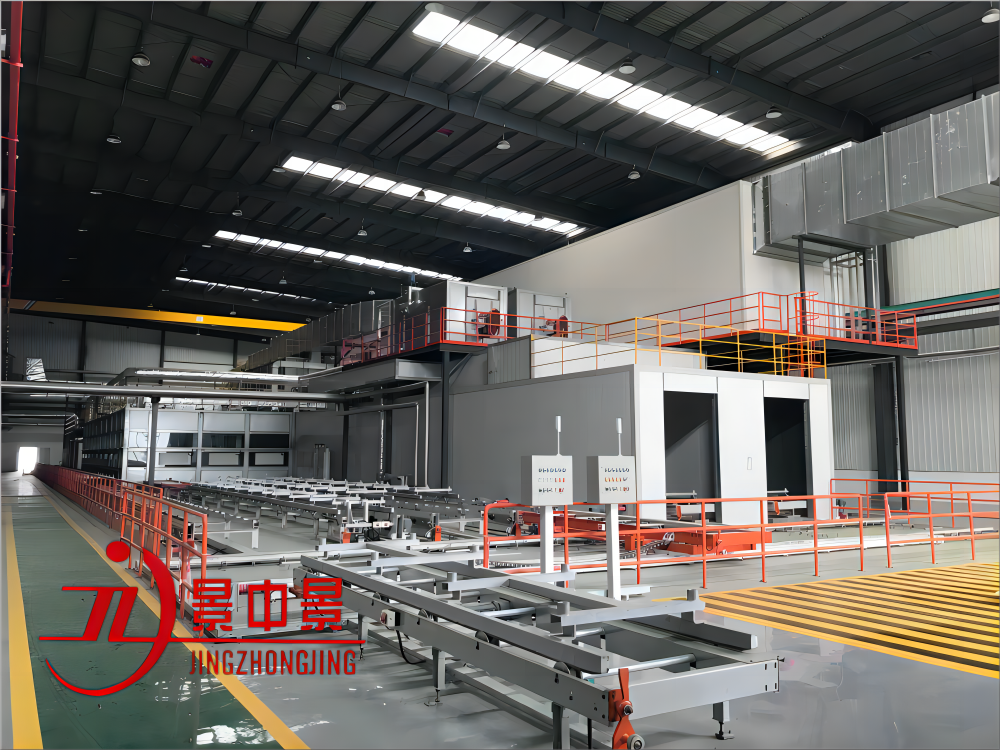EN
In painting operations, air spray painting is the most widely used method. According to sampling measurements, most factory painting areas continuously perform spraying operations, resulting in paint mist air pollution. The concentration of xylene or toluene vapors in the air is as high as 600 ~ 2400 mg/m3, which is 6 to 24 times higher than the maximum allowable concentration of 100 mg/m3 specified in GBZ2-2002 "Occupational Exposure Limits for Hazardous Factors in Industrial Workplaces." Chronic benzene poisoning among operators is quite severe.
The primary measure to ensure safety against poison in air spray painting is to strictly confine the painting operations within the paint booth for sale. Regulations should stipulate that painting cannot be performed without the use of a paint booth, and the technical conditions of the paint booth should be specified and certified by the Safety Production Supervision and Administration Department. Only paint booths that have been inspected, certified, and issued a permit are allowed to be marketed for users to choose and use.

Paint booths are safety equipment with mechanical ventilation, featuring enclosed or semi-enclosed enclosures. The airflow organization inside the booth should effectively capture paint mist and solvent vapors, which are then treated by dry or wet paint mist removal devices to achieve a certain level of removal efficiency. This ensures the safe discharge of the treated air and guarantees that the solvent vapor concentration in the operator’s breathing zone complies with the regulations of GBZ2-2002 "Occupational Exposure Limits for Hazardous Factors in Industrial Workplaces."
In summary, the role of paint booths in ensuring safety during painting operations can be described as follows:
1. Paint booths confine the painting of workpieces to a specific area, allowing the air containing paint mist and various solvents to be concentrated and treated by paint mist removal devices before being discharged. This prevents the adjacent production departments from being affected. Compared to the conditions before adopting paint booths, the occupational safety and health conditions inside the workshop and the surrounding environment have significantly improved.

2. Due to the specific airflow organization within the paint booth, the air pollution that operators are exposed to in the operation area is significantly reduced. This ensures that the operation area complies with the regulations of GBZ2-2002 "Occupational Exposure Limits for Hazardous Factors in Industrial Workplaces."
3. Since the painting of workpieces is confined to the paint booth, it is easier to control and adjust the temperature, humidity, and air cleanliness within this limited area. For example, in winter, hot air can be supplied to the paint booth, and in summer, cold air can be provided. This improves the occupational safety and health conditions for operators and provides a work environment that meets the technical requirements for workpieces with high decorative demands. The large equipment paint booth requires a significant amount of air supply, and in winter, if the air supply is not heated, the operators can hardly work normally. Abroad, countries like the United States stipulate that the air supply temperature in paint booths during winter should not be lower than 18°C.
```